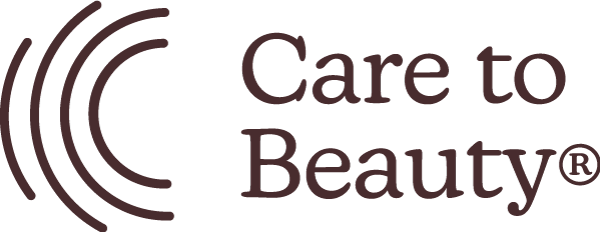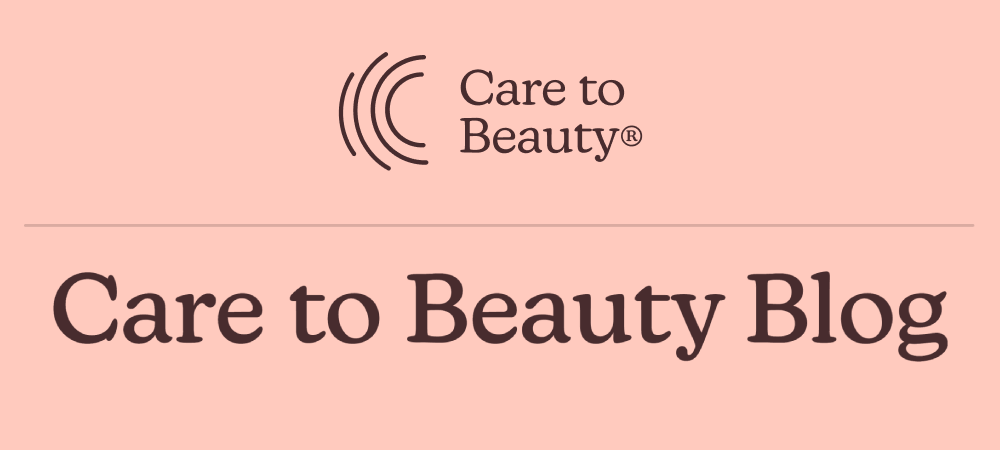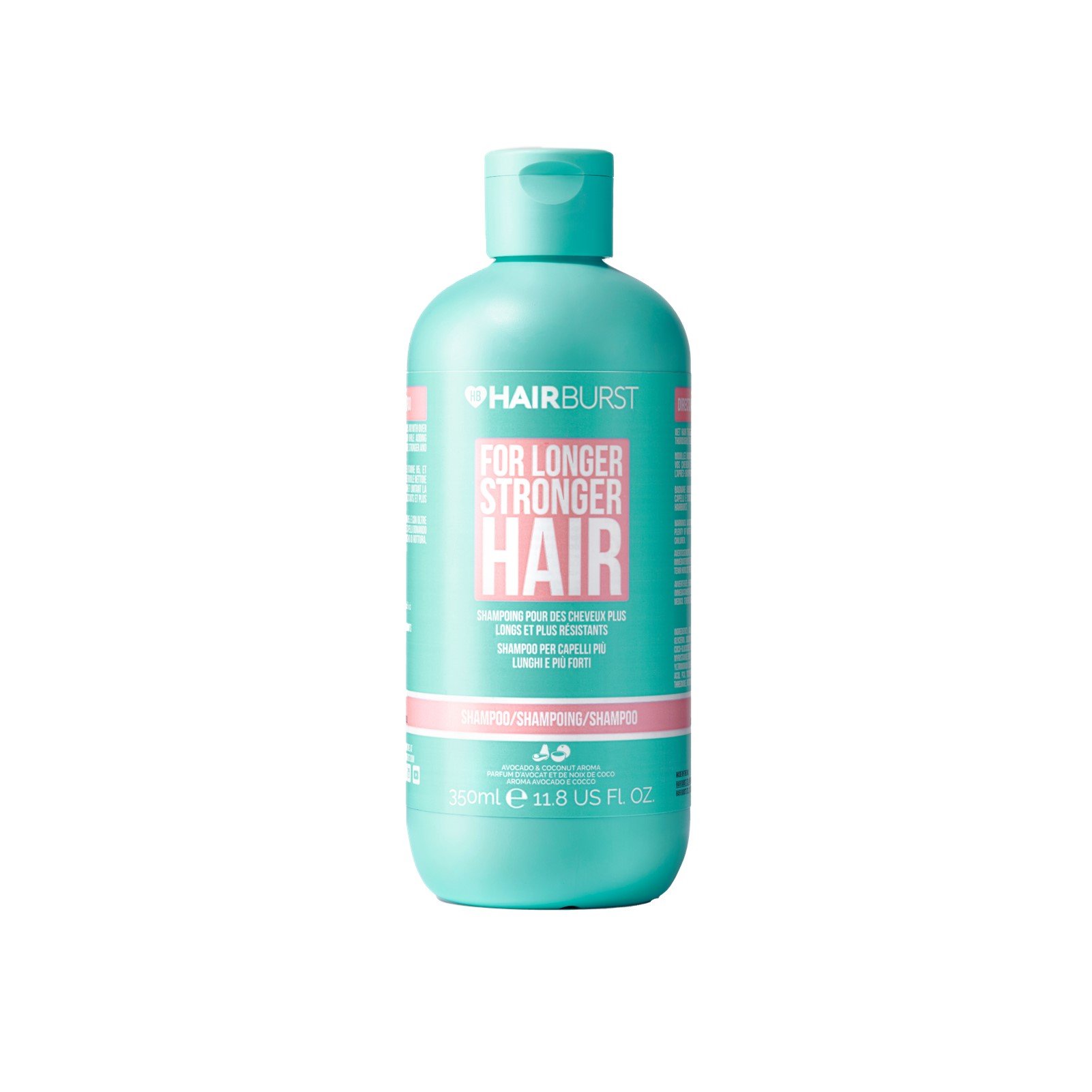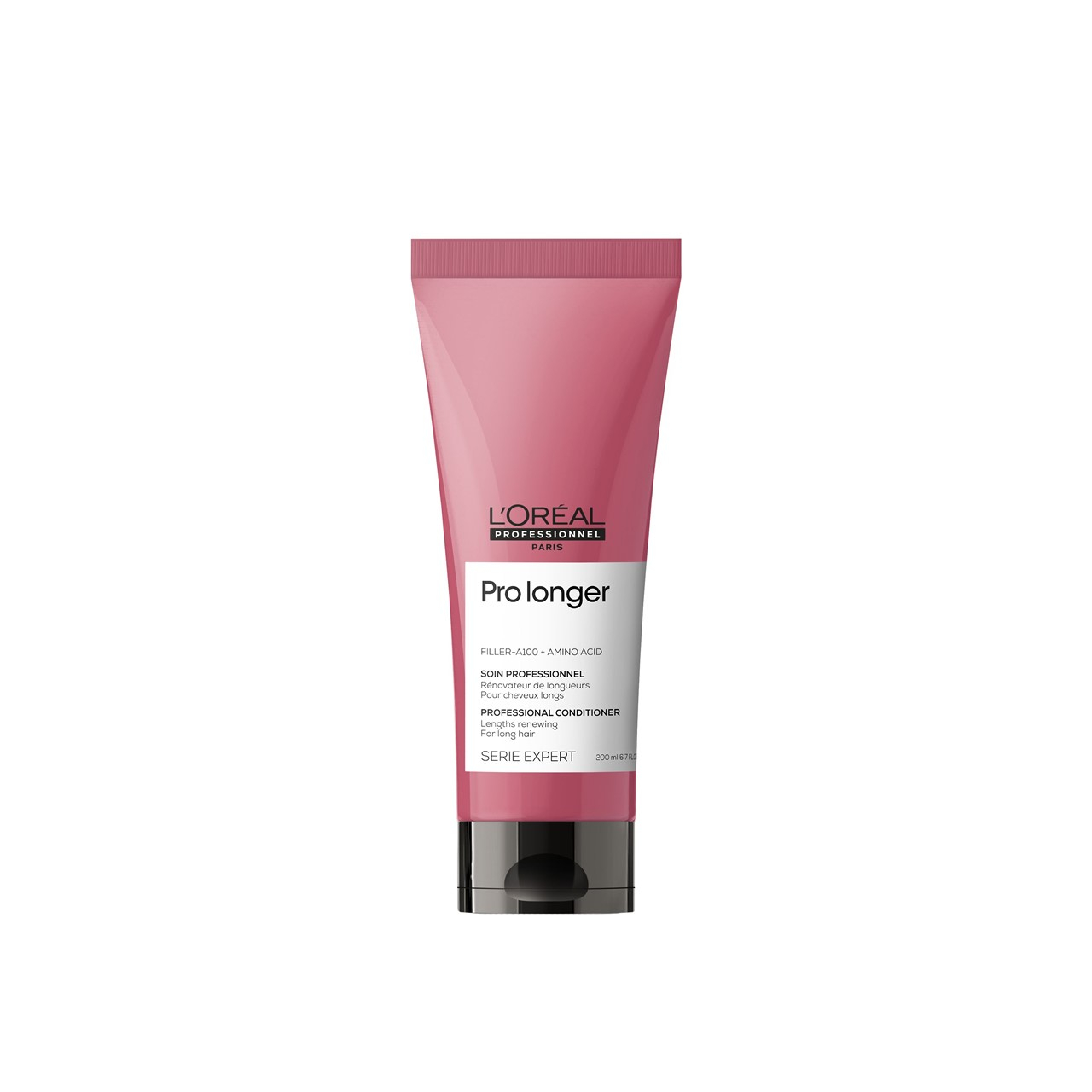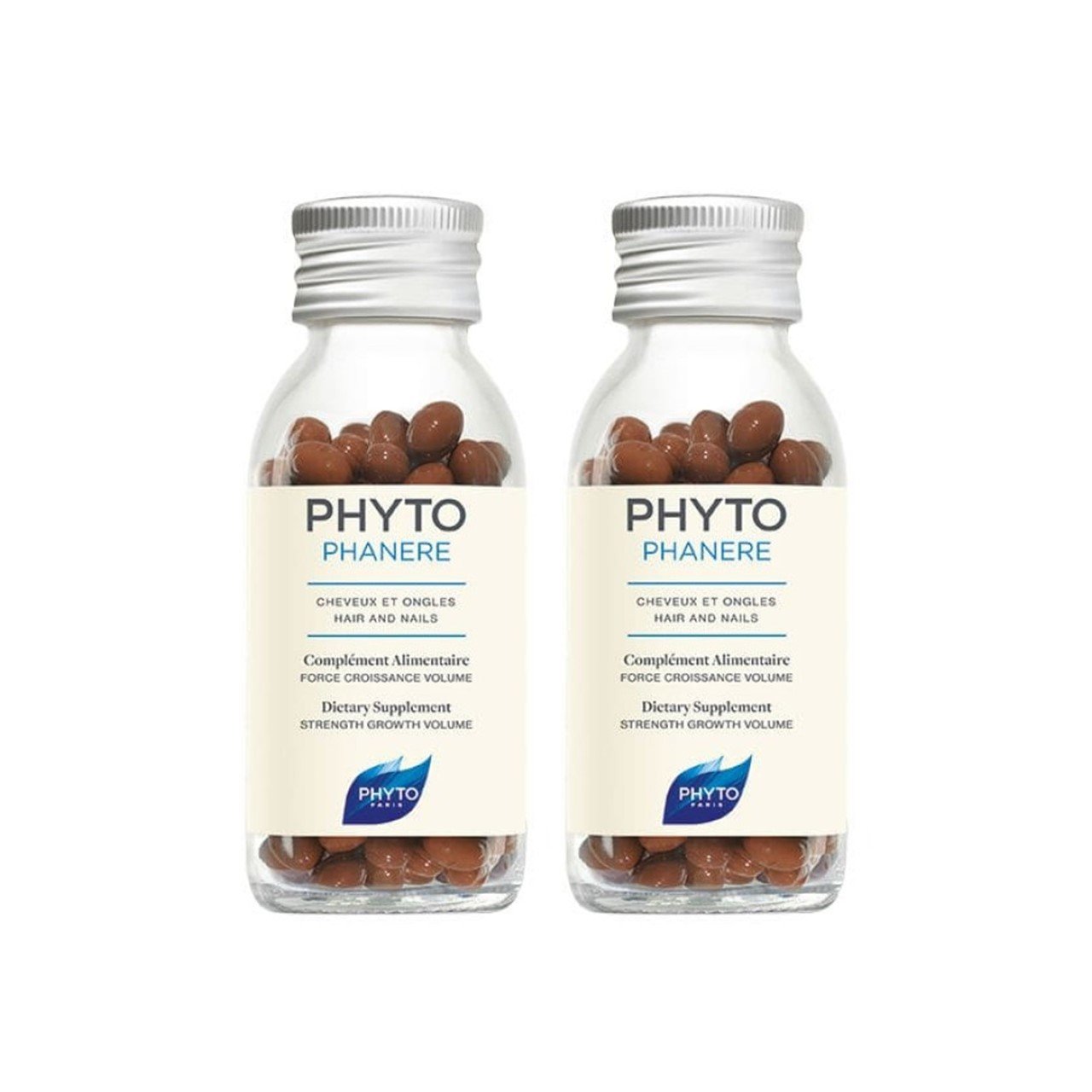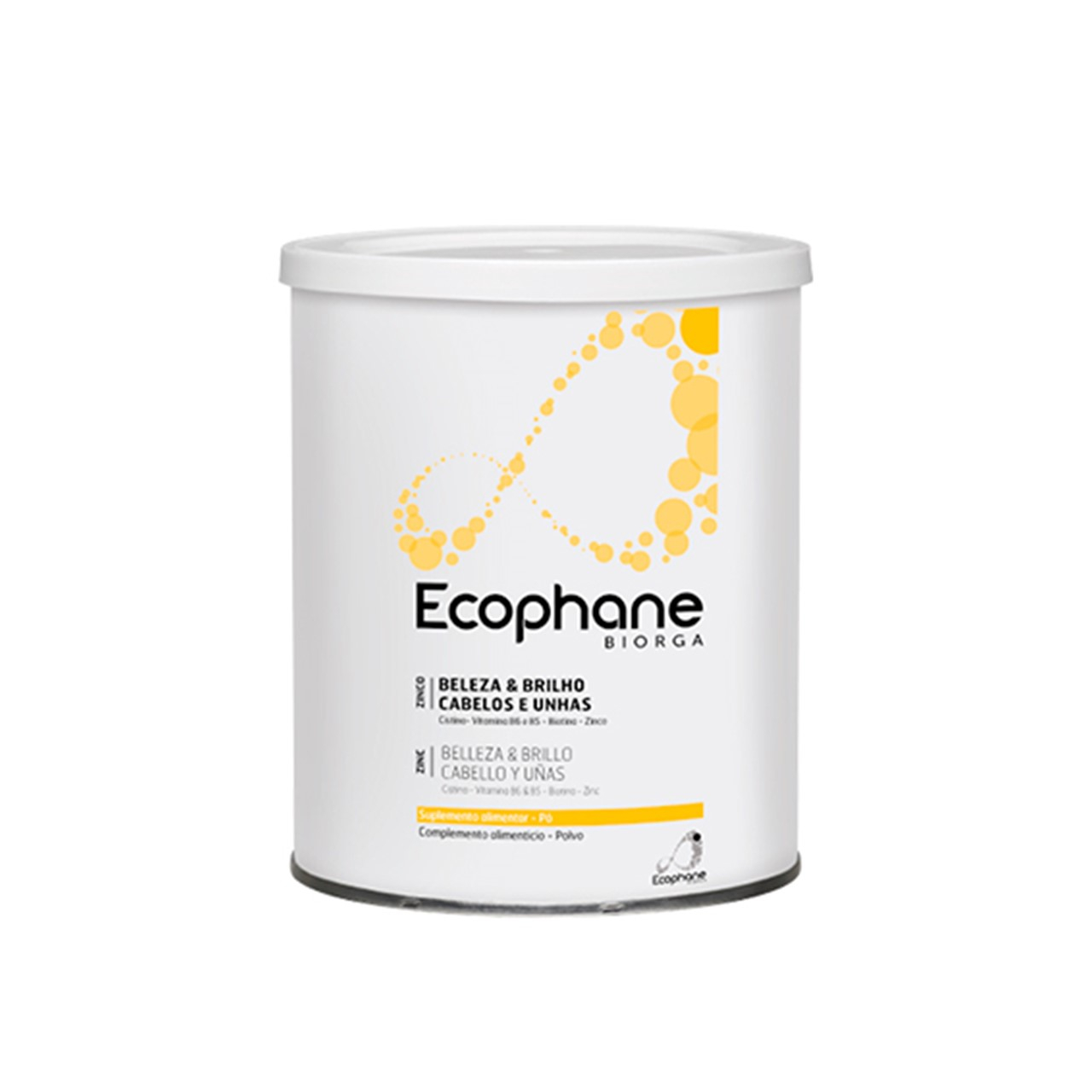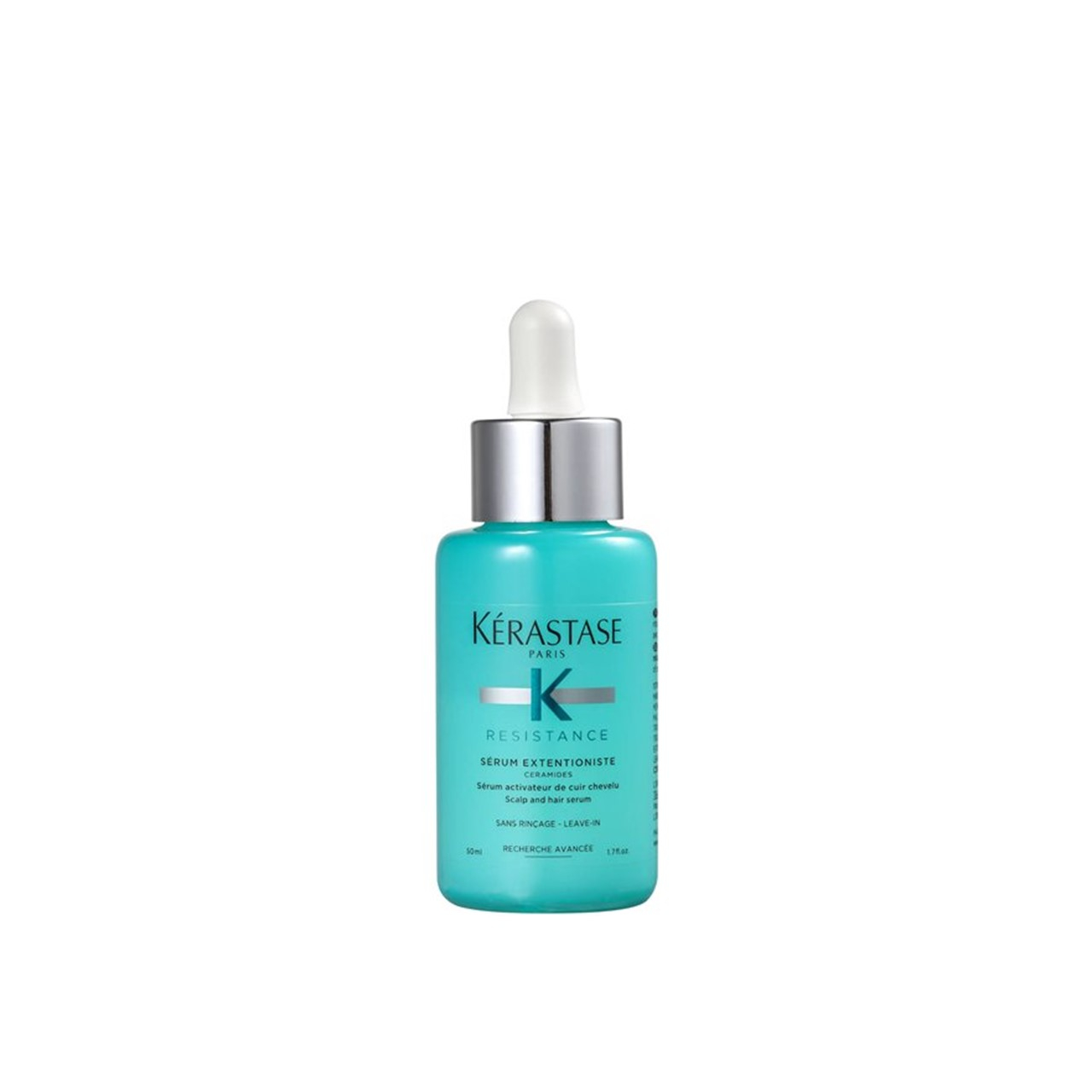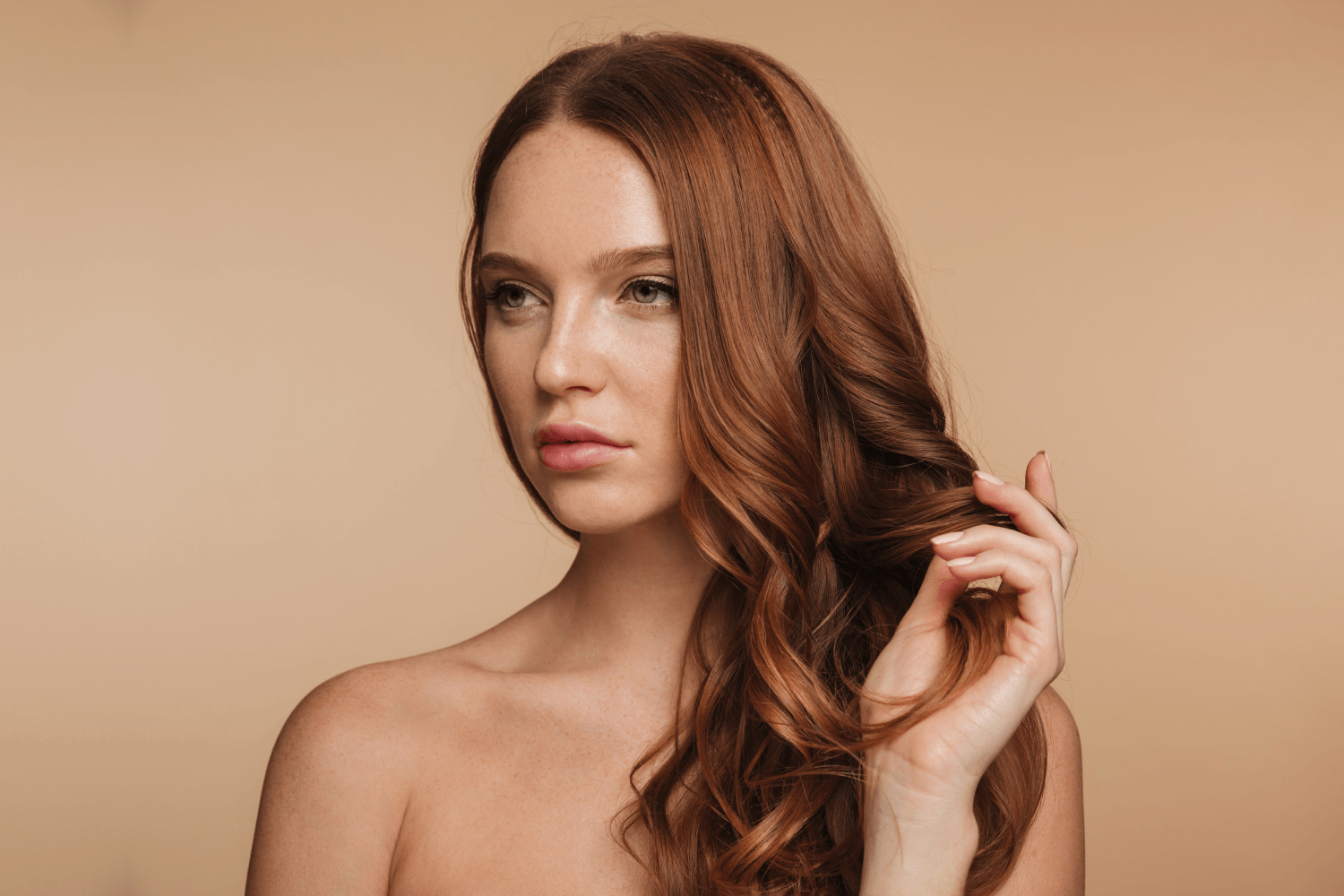
Long, healthy hair, full of natural movement, is a goal for many people. However, there’s no denying that long hair is demanding: it takes a long time to wash, dry, and style; it’s prone to dryness and breakage; it’s often plagued by split ends; and, sometimes, it will just stop growing altogether. If you’ve dealt with any of these issues in the past, then this post is for you. We’re going to help you figure out how to promote strong, sustainable hair growth, and how to maintain the health and beauty of your strands, no matter how long they get.
Let’s start from the beginning.
Why won’t your hair grow any longer?
A common complaint from people with long hair is that their hair doesn’t grow, period. There are several reasons why this may be happening, and we’ll explore some of them here.
You have a short hair growth cycle
We wish we could say that hair has the potential to grow infinitely, but that’s not quite true. On the contrary, the hair has a “pre-programmed” cycle, called the hair growth cycle. The hair cycle has 3 phases: the anagen phase, where the hair actually grows; the catagen phase, a transition phase where the hair follicle shrinks and hair growth starts to slow down; and the telogen phase, where the hair is just sort of sitting on your head–not quite growing, but not quite falling out either. Eventually, it will fall out, and a new hair will begin to grow in its place.
These phases have pre-defined durations. The anagen phase, when the hair is actively growing, can last anywhere between two and six years, and will define the period of time during which your hair will continue to grow. Towards the end of this period, the hair shaft will stop growing–and then, yes, you will notice that you can’t get beyond a certain length. So, in practice, your hair isn’t born destined to a maximum of 30cm of growth; but it may be born destined to a maximum of 4 years of growth (for example).
You have damage, breakage, split ends, & more…
Sometimes we complain that our hair doesn’t grow, and after all, that’s not what is happening. Hair does grow, but the problem is that we can’t maintain the length due to accumulated damage. The longer the hair, the “older” the hair at the ends, and the more accumulated damage it has. That’s why you sometimes feel that your hair doesn’t grow past a certain point; because it’s constantly breaking at the ends.
So, if you want to maintain long and healthy hair, one of the best ways to achieve this is to avoid damage. We’ll tell you just how to do that in the next section.
Your hair is growing older
We know that many people prefer to have shorter hair as they grow older, but age isn’t, in and of itself, the reason why you can’t have long hair. It can contribute, sure, but never in isolation.
The fact is that age may play a part in both the duration of your growth cycle and the characteristics of your hair. As you age, your hair may become drier, coarser, and more vulnerable to damage, and as we saw above, damage is one of the main factors that keeps your hair from reaching its fullest Rapunzel potential.
Your diet could use a boost of hair-boosting nutrients
A healthy and balanced diet is one of the main keys to healthy, shiny and silky hair. Essential fatty acids such as omega-3, and vitamins B6, B12, and folic acid all play a part in the development of your hair.
Healthy hair will grow between 0.5 and 1.7 centimeters (0.2 to 0.7 inches) per month, on average. However, if your diet is lacking the necessary nutrients to promote healthy hair growth, you may find that your hair growth may slow down to what feels like an absolute stop. This is one of the reasons why hair supplements are so often a part of hair growth treatments. Here at Care to Beauty, we always like to tackle hair growth from the inside and out; from the inside with a hair supplement, and from the outside with a scalp treatment. We’ll tell you all about that in a second.
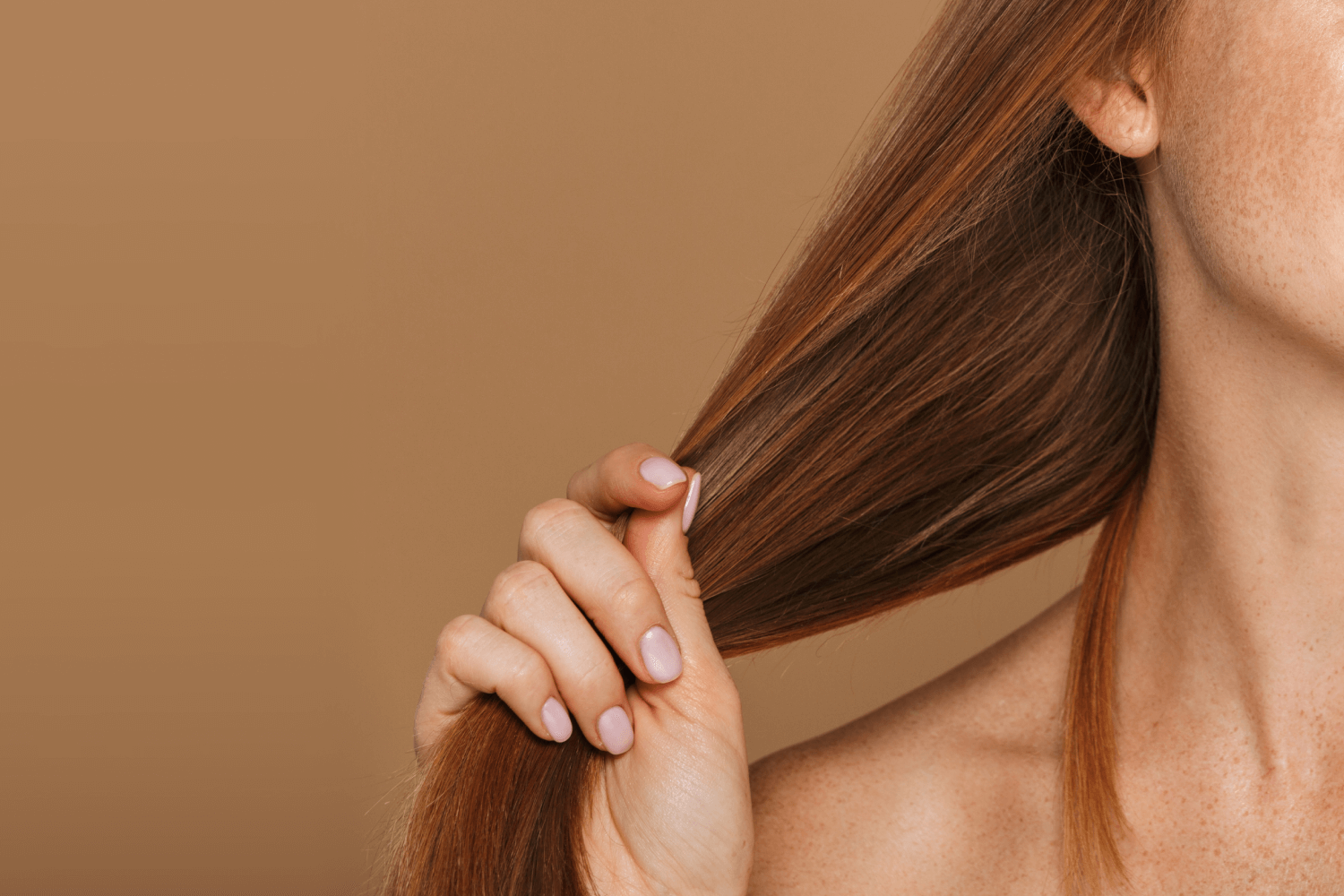
How can you make your hair grow longer?
We’ve already covered some of the reasons why your hair doesn’t seem to grow. The problem is, short of speaking to a doctor to figure out whether you may be suffering from some of the most technical of these reasons, you won’t always know the exact reason why your hair doesn’t seem to grow. The positive part is that the tips that we are going to share below will be useful in the vast majority of cases. Let’s start, of course, with the basics:
Reduce everyday damage at all costs
The good thing about hair damage (stick with us here) is that it’s largely avoidable. There are plenty of opportunities throughout the day to avoid damaging your hair, and you can start working on them right now. Here are some of our best tips to avoid hair damage:
Stop shampooing the lengths and ends of your hair
The shampooing step is all about removing oil and impurities from your hair, and those are mainly located on the scalp. Therefore, focus your shampoo application on the scalp, and avoid rubbing your lengths and ends with shampoo.
Don’t dry your hair by rubbing it with a towel
Friction can damage your hair, especially when it’s wet. Try wrapping your hair in a towel instead, so that the towel can absorb excess moisture without any added friction
Avoid detangling and brushing your hair while wet
We’re going to repeat this, because it’s important: your hair is at its most vulnerable when wet. If you must detangle or brush it at this stage, try using your fingers or a wide-tooth comb.
When you do detangle your hair, start detangling from the bottom
It may seem intuitive to start brushing your hair from roots to ends, but if you want to reduce damage, start doing it the other way around. Start by undoing the small knots at the ends of your hair, and work you way up slowly until you reach the roots. Once you get up there, you’ll be able to comb all the way down to the ends with minimum damage.
If you must wear your hair up, choose loose hairstyles
The tighter your hairstyle, the more damage you may be causing your hair through continuous pulling and twisting. If you must wear your hair up and back, choose loose hairstyles such as messy buns, low ponytails, or simple braids.
Avoid heat styling and heat damage
From blow dryers to flat irons, heat styling tools are probably a part of your daily hair care routine. They are extremely handy, but they may be doing you more harm than good. Flat irons are the worst culprits: with temperatures that can climb up to 450°F (or around 240ºC), they can be extremely damaging if you use them without adequate heat protection. Blow diers don’t get quite as hot, but they can still cause quite a bit of damage–avoid them when possible, and air dry your hair instead!
Use targeted products for long hair
Over the past few years, the hair care market has been flooded with products dedicated to long hair. What is the difference between these products and others, you ask? Well, a lot of it is marketing, of course; apart from that, what you need to know is that, in general, products designed for long hair care will target concerns such as damage, breakage, and split ends. These products will feature plenty of repairing and strengthening agents, and they may use innovative ingredients and technologies to increase the resilience of the hair strand and prevent further breakage.
Try some hair supplements
If you want to give your hair a growth boost, you can consider introducing a food supplement into your routine. We bring you two options that may be interesting. The first, Phytophanère, is a food supplement designed to strengthen hair and nails. It is formulated based on vitamins, plant extracts and minerals with recognized value in hair growth. We are talking about vitamins B2, B5, B6, B8 (biotin), as well as vitamins C and E, zinc, cysteine, methionine, and borage oil. With a supplement like this, you’re giving your hair all the nutrients it needs to grow–and you’ll see benefits in your nails too.
Another interesting option for those with long hair that doesn’t seem to grow is the ECOPHANE Supplement Powder. Designed to restore beauty and shine to hair and nails, this supplement comes in packs of 318 grams that correspond to 1 month of treatment. Here you will find nutrients such as wheat and sesame protein hydrolysates, vitamins B6 and B8 (biotin), and zinc. As this product isn’t designed for continuous use, it is a great product to use as a beauty cure for long hair that is a little tired and fatigued.
Use a scalp lotion or serum
We’ve mentioned before that the best way to promote healthy hair growth is to combine a food supplement with a topical scalp treatment to boost the follicles locally (like a lotion, serum, or ampoule). We’ve shown you a couple of supplements we like to recommend to long hair, and now we’re showing you a couple of scalp treatments.
We really Phytotherathrie, a 100% botanical oil concentrate that works as a true revitalizing elixir for the scalp. This oil is fantastic to purify and restore balance to an imbalanced scalp and, in our experience, it gives the hair a fantastic growth boost. We’re big fans of it here at Care to Beauty!
Another good option is the Kérastase Resistance Serum Extentioniste Scalp & Hair Serum. As part of a product range dedicated to long hair, this hair serum is formulated to encourage healthy hair growth from root to tip. With creatine, ceramides, and maleic acid, this serum boosts follicle activity to promote healthy, strong growth. It also has vitamin E, which protects the scalp from oxidation and free radicals.
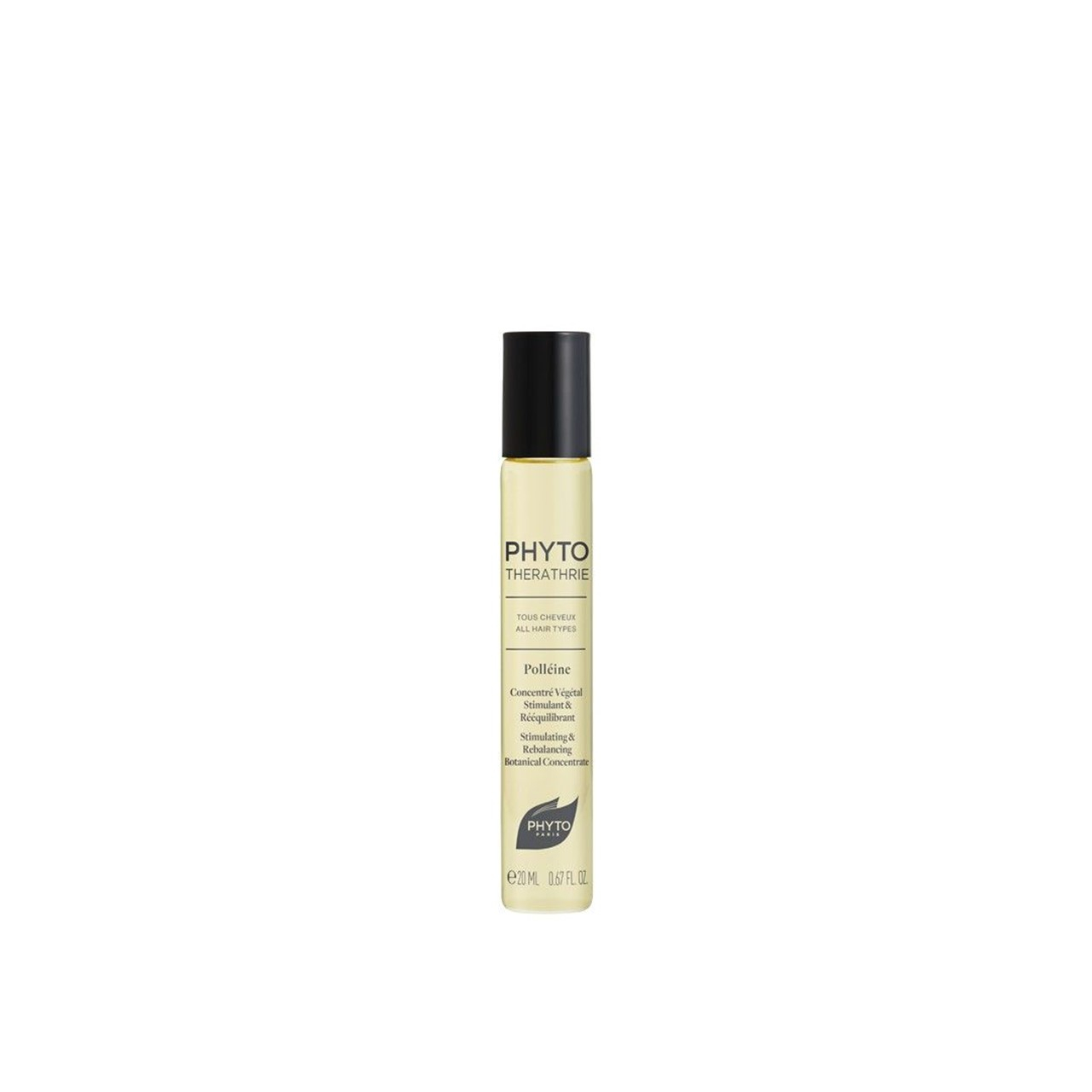
We’ve already shared some of our best sayings on how to get your long hair out of a rut: from how to make it grow to how to maintain it. We hope you’ll notice results when you put these tips into practice! Make sure to also check out our selection of shampoos and conditioners for long hair–they’ll help you bring your hair all the hydration, nutrition, and resilience it needs to stay long and strong. Time to get working on those hair flips!
Beauty Writer & Editor
